 George1 Fri Feb 21, 2020 11:37 am
George1 Fri Feb 21, 2020 11:37 am
Israeli Tank Development Plans for the "Tnufa" Program
The original was taken from an oleggranovsky colleague in Changes in the AOI tank fleet as part of the TNUF program
The published details of the long-term development program of the IDF [Israel Defense Forces] (TARASH - “Tokhnit Rav-Shnatit”) of “Tnufa” contain a number of specific figures and explanations on the tank fleet and the composition of the armored forces of the IDF. I’ll leave aside the issue of strengthening armored brigades (reconnaissance battalion, engineering battalion, Sufa team), the discussion below will focus on the following:
the purchase of approximately 150 Merkava-4 tanks to replace the Merkava-3 tanks in 5 years (2020-2024);
the closure of 1 armored brigade;
reduction in the number of tanks in brigades intended for defense.
Let me remind you of articles related to the development of the armored corps published by me over the past year:
Changes in the AOI tank fleet (05/20/19);
Volumes of production of the Merkava tank (05/30/19);
The 188th brigade began the process of re-equipping the Merkava-4 Mem tanks (09.21.19);
New information on the transition of the 188th brigade to Merkava-4 (12/29/19).
So, according to new data. First about production. In the statistics for 2017, the AOI first published the number of Merkava-4 tanks produced during the year: 30 units (as well as 30 Namer armored personnel carriers). In similar statistics for 2018 and 2019. production data were not published. New data on Tnufa, 150 tanks in 5 years, means maintaining the pace of production at 30 tanks per year. This almost certainly means that in 2018-2019. 30 tanks were produced per year.
In July 2016, the 7th BRT completed re-equipment from the Merkava-2 Bet tank to the Merkava-4 Mem tank. From that moment, “Merkava-2” did not remain in the regular army and the tank fleet of regular forces looked as follows: two-thirds of the “Merkava-4 Mem” (401th and 7th brigades) and a third of the “Merkava-3 Baz” (188 1st brigade). The 460th training brigade has the same Merkava-4 and Merkava-3 ratios for training other regular brigades. In reserve were 8 armored brigades, including two with Merkava-2 (10th and 847th), one with Merkava-4 (4th) and five with Merkava-3 (8th, 14th, 37th, 205th and 434th).
Further, it is worth recalling that regular brigades, among other things, are a forge of personnel for reserve units. In about 4 years, enough tankers for 1 reserve brigade will be demobilized from 1 regular brigade. Taking into account the duration of service in the reserve of combat soldiers and officers (41-42 years), 1 brigade provides personnel for 5 reserve brigades. But taking into account various circumstances (deterioration of health, reservation at the place of work, departure from Israel, etc.) - no more than 4. But if you recall the staff of instructors of the 460th brigade - there will be even 5. This is how the required number of tankers was supported -reservists for 5 brigades "Merkava-3", although there were cases of retraining from tanks of other types. Nevertheless, it is desirable to have an appropriate ratio of regular and reserve units (1: 4) and to avoid retraining - the latter is worse than full-time military service on a certain type of tank and then continuing to serve in reserve on your own tank.
Two teams "Merkava-2" from 2016 stopped receiving new reservists, but taking into account the pace of production of "Merkava-4" - until 2023-2024. their tank fleet would have changed anyway, and the Merkava-2 would not be left in reserve. So the rearmament of the 7th brigade was correct and quite timely. Moreover, the process of rearmament of the reserve has already begun, the first was the 847th brigade (275th, 293rd and 294th tank battalions), work began in the second half of 2016 and by October 2017 the 275th was rearmament battalion.
But in 2019, this process was interrupted. It was decided that the 188th regular brigade (53rd, 71st and 74th battalions) would switch to the Merkava-4 Mem. Accordingly, at the beginning (in the same 2019), the rearmament of the 460th brigade began (to train personnel for the 188th), and then the 188th brigade itself. Upon completion of this process, the AOI regular staff will have only one type of tank (Merkava-4), and this will require retraining of demobilized tankers from Merkava-4 to Merkava-3. Moreover, apparently, there are no plans for modernizing the Merkava-3, which was previously outlined for the tanks of the 188th brigade (installation of the KAZ Meil Ruach, new combat control systems). The freed up tanks of the Merkava-3 Baz of the 188th and 460th brigades are likely to go for the rearmament of the 8th, with the older Merkava-3 RAMA (or the 14th brigade having the Merkava-3 , exact modification is not indicated).
I return to the 847th brigade. She received her first “Merkava-4” in early 2017. in 3 years (2017-2019) it would receive 90 tanks and by the middle of the current 2020 would complete re-equipment. But, as mentioned above, in 2019 the decision was changed and Merkava-4 went to the 460th and 188th brigades. There is no data on the fate of the 275th battalion of the 847th brigade, who managed to switch to Merkava-4. Were they seized in favor of the 188th and 460th? What generally happens to this brigade until the rearmament of the 188th and 460th is completed (i.e., until about 2022)? Some sources write about the "withdrawal of 6‘ Merkava-2 ’” tanks from armament, which should imply the presence in the 847th brigade of all 3 tank battalions on the “Merkava-2”.
As mentioned above, the IDF announced the closure of one reserve tank brigade, apparently talking about the 10th Harel armed with Merkava-2 and did not start the process of re-equipping with more modern tanks. To save money, the disbandment of the brigade is likely to occur immediately after the final approval of Tnufa. As for the tank battalions of the 847th brigade, most likely they will not conduct training on tanks (again, to save money), but whether they will be disbanded immediately is not clear. By the way, within the framework of the policy of preserving historical numbers and names, it is quite possible that the number and name of the 10th brigade (in existence since 1948) will go over the 847th (created in 1978-1980).
Another point is the "reduction of tanks in units intended for defense." What this means is not clear. Perhaps we are talking about the transfer of the reserve to the new state (102 tanks in the brigade instead of 111), as has already been done in the regular units (for details about the new state, see the article from 2018 on LJ David).
Bottom line: by the end of the “TnufaF” validity period, enough “Merkava-4” will be released not only to rearm the 188th and 460th brigades, but also to complete the rearmament of the 847th brigade (240 tanks in 2017-2024 inclusive) . "Merkava-2" will finally leave the IDF in the near future, then the "Merkava-3" will begin to be decommissioned (by 2020, the oldest tanks of this model reached the age of 30 years). By 2024, the IDF will have 4 regular Merkava-4 brigades and 7 reserve brigades, two with Merkava-4 and five with Merkava-3. With a staff of 102 tanks in the brigade, this will yield 1,122 tanks.
https://bmpd.livejournal.com/3938698.html
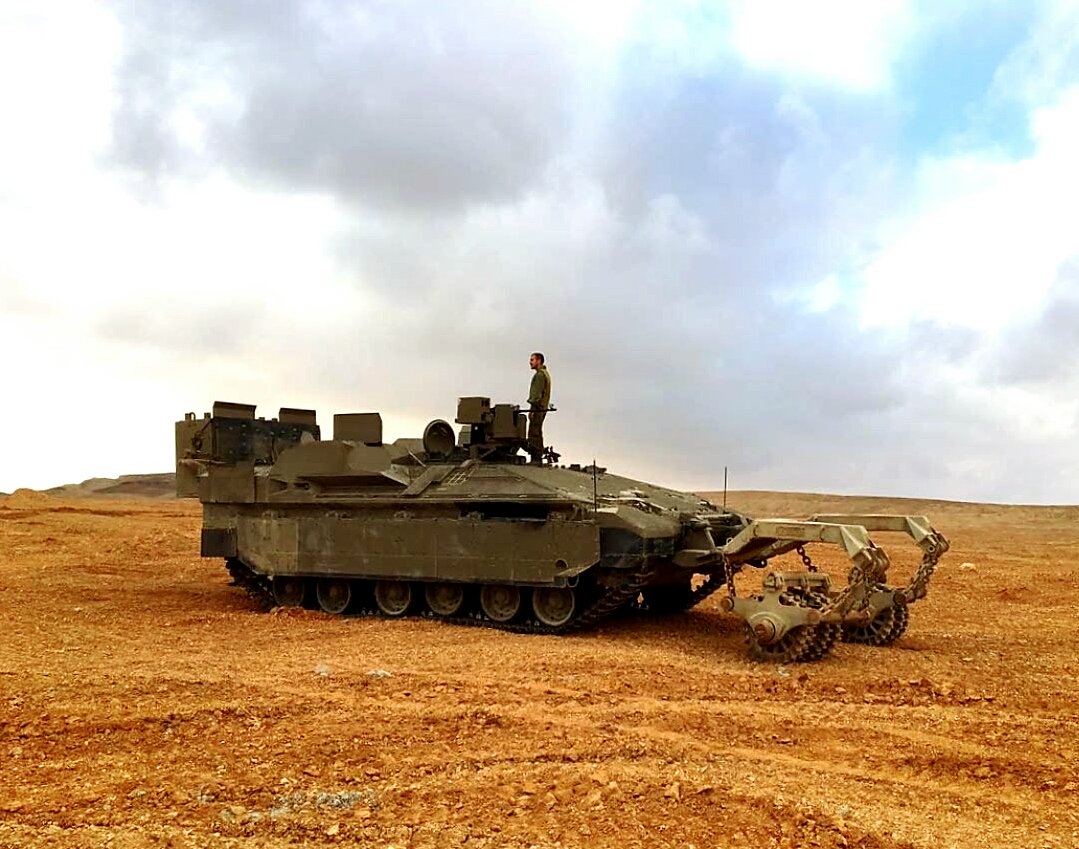

 Re: Israeli Ground Force
Re: Israeli Ground Force
 Re: Israeli Ground Force
Re: Israeli Ground Force Re: Israeli Ground Force
Re: Israeli Ground Force Re: Israeli Ground Force
Re: Israeli Ground Force
 Re: Israeli Ground Force
Re: Israeli Ground Force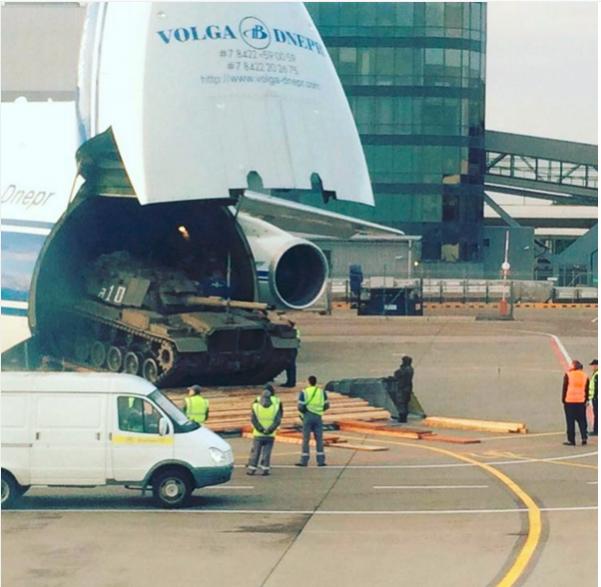
 Re: Israeli Ground Force
Re: Israeli Ground Force Re: Israeli Ground Force
Re: Israeli Ground Force Re: Israeli Ground Force
Re: Israeli Ground Force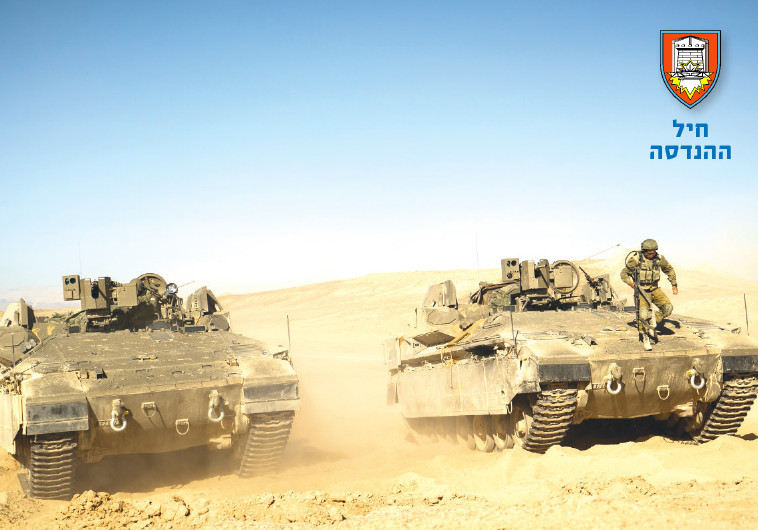
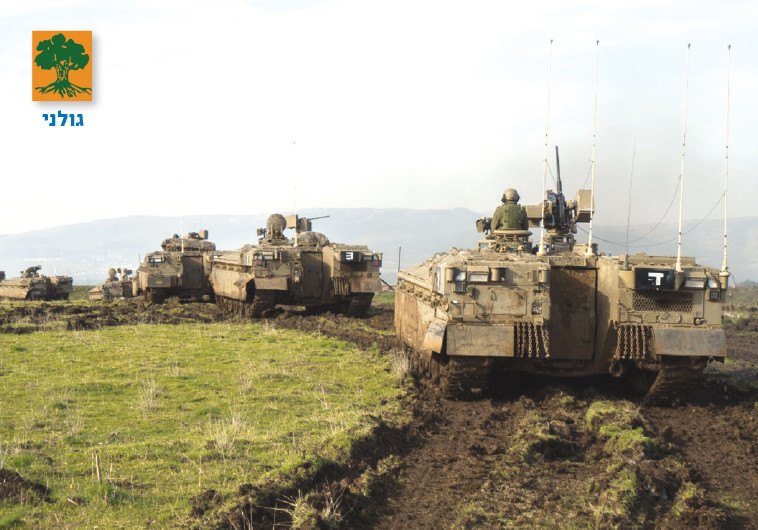
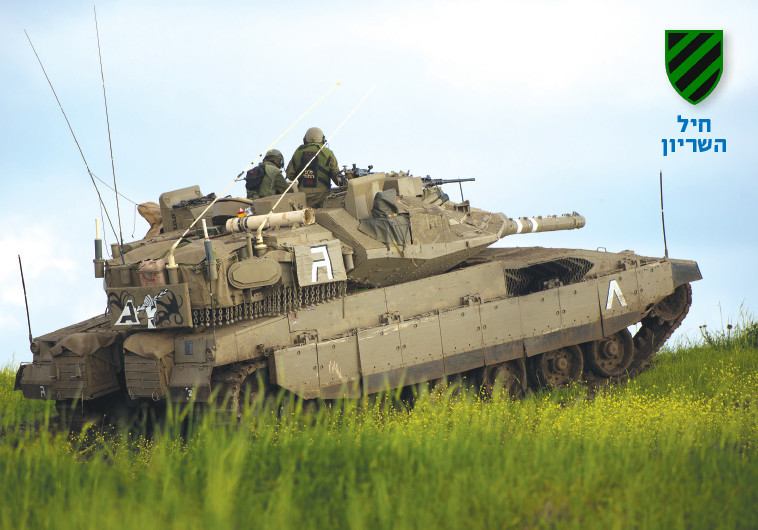
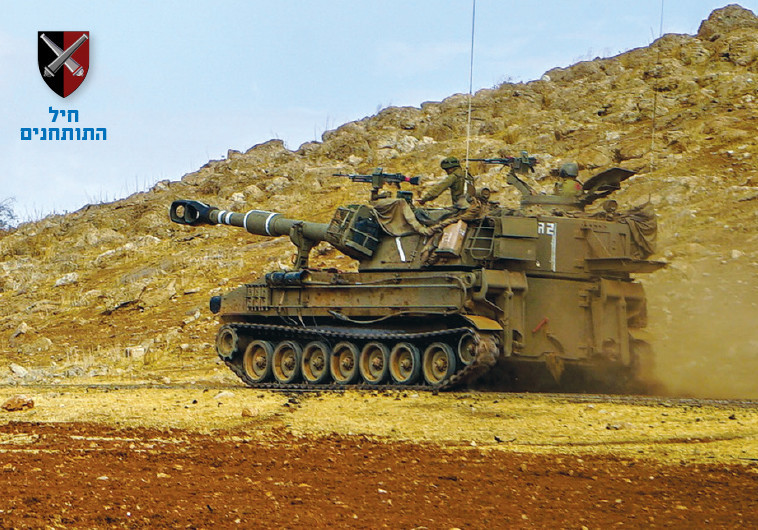
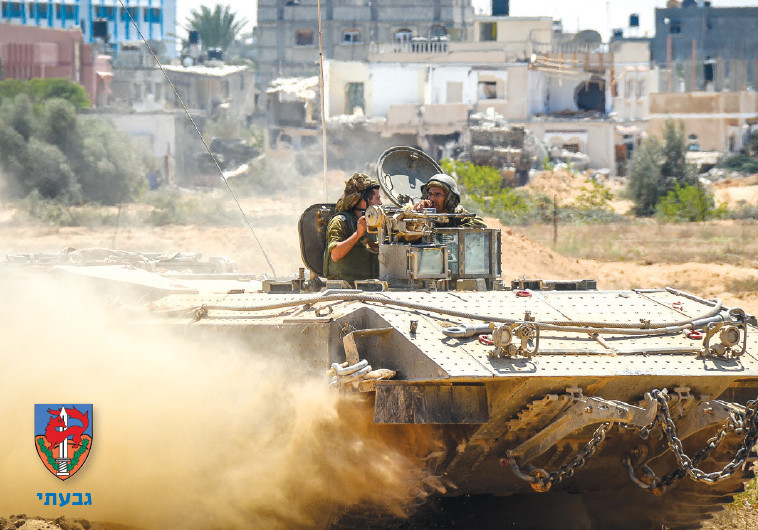
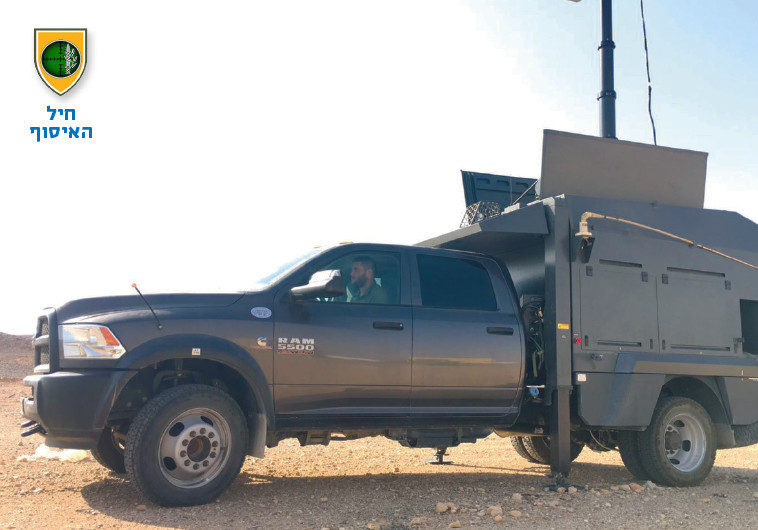
 Re: Israeli Ground Force
Re: Israeli Ground Force
 Re: Israeli Ground Force
Re: Israeli Ground Force Re: Israeli Ground Force
Re: Israeli Ground Force
 Re: Israeli Ground Force
Re: Israeli Ground Force Re: Israeli Ground Force
Re: Israeli Ground Force

 Re: Israeli Ground Force
Re: Israeli Ground Force Re: Israeli Ground Force
Re: Israeli Ground Force Re: Israeli Ground Force
Re: Israeli Ground Force Re: Israeli Ground Force
Re: Israeli Ground Force Re: Israeli Ground Force
Re: Israeli Ground Force Re: Israeli Ground Force
Re: Israeli Ground Force Re: Israeli Ground Force
Re: Israeli Ground Force Re: Israeli Ground Force
Re: Israeli Ground Force Re: Israeli Ground Force
Re: Israeli Ground Force
 Re: Israeli Ground Force
Re: Israeli Ground Force Re: Israeli Ground Force
Re: Israeli Ground Force Re: Israeli Ground Force
Re: Israeli Ground Force